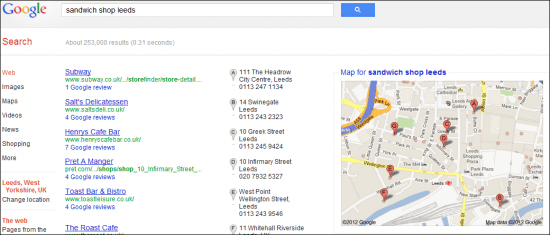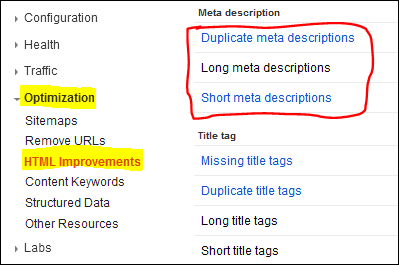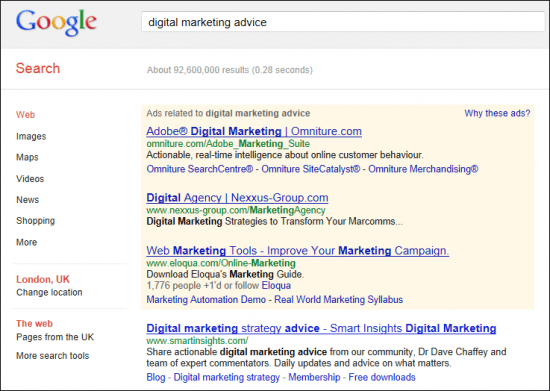3 DIY SEO approaches to start SEO if you're not an SEO expert
This post discusses a few of the relatively straightforward "do-it-yourself" things you can do in-house to improve your SEO, before you decide to call in outside help. I hope it will also be helpful to small business or startups who don't currently have budget for SEO. As SEO specialists we're often asked by friends, families or colleagues "where do I start?", "What matters?". These are the areas I recommend as a start.
Where to start your DIY SEO?
If you’re not well versed in Search Engine Optimisation (explanation), then the task of optimising your website can appear to be extremely daunting. There is a lot of jargon to learn, numerous horror stories floating about and lots of conflicting opinions to consider.
You have to understand all these issues before you can actually start implementing changes to optimise your site.
Here are three good places to start the SEO process assuming you understand your audiences and know which keyphrases to target:
DIY SEO approach 1. Create a local listing
Set up your Google plus local page (formerly Google places). Make sure you have read and adhere to these Google guidelines.

Other tips to maximise exposure for your listing are:
- Fill it in 100% - Take time to make sure you upload photos, videos and provide as much information for users as possible.
- Consistency – Make sure all the information is consistent with other sites that display your business details (name, address, phone number). For example, tripadvisor, review centre, etc…
- Get reviews – Incentivise people to review (no.1 incentive is good service / products) either on your places listing or on external review sites, as mentioned previously.
SEOmoz's published tips for optimising your listing are also worth reading.
DIY SEO Approach 2. Page titles
Page titles are editable in most CMS. When editing them, remember these key points:
DIY SEO Approach 3. Meta descriptions
Meta descriptions are not a direct factor affecting SERP position. However, it has been mooted in certain corners, though never officially confirmed, that Google uses behavioural data, such as CTR, bounce rate and time on site, as ranking factors. So, meta descriptions can indirectly affect SERP position through their influence on user behaviour.
A poor meta description can negatively impact both your CTR, in the short-term and, potentially, your visibility in the long-term. This is why meta descriptions must be unique and resonate with the user in order to encourage a click.
If you use AdWords you can use PPC descriptions to test different calls-to-action and USPs in your meta descriptions.
Common PPC descriptions that increase clickthrough rates include:
- Buy now!
- Inclusion of numbers, e.g. Only £17.95! / 10% off / £20 off
- Download free whitepaper
- Get a free quote!
- Browse our extensive range
- Free delivery
However, having a very good CTR can potentially harm your visibility. For example, if your call-to-action invites users to click on your site but the user then finds the onsite experience is poor, or not in keeping with the call-to-action that attracted them, this will result in high bounce rates and low time on site. As mentioned before, these factors now often play a part in search ranking.
You can use Google’s webmaster tools to check if you have duplicates, long or short titles or meta descriptions, via the Optimization > HTML Improvements tab:
 Summary
Summary
You don’t have to be a techy whizz or dedicate a large financial resource to managing these three elements to create a positive effect on your return from organic search.
Local listings, page titles and meta descriptions are good points to begin optimisation for non-SEOs and create a good foundation from which a business can build as it starts to grow.
What do you do next when you've mastered these? Well a good next step is to check these 5 common beginners' SEO mistakes according to Google or download the Smart Insights SEO guide and work through the checklists.

Thanks to
Jimmy McCann for sharing his advice and opinions in this post. Jimmy is Head of SEO at Search Laboratory in Leeds. You can follow him on
Twitter or connect on
LinkedIn






 Thanks to
Thanks to 


